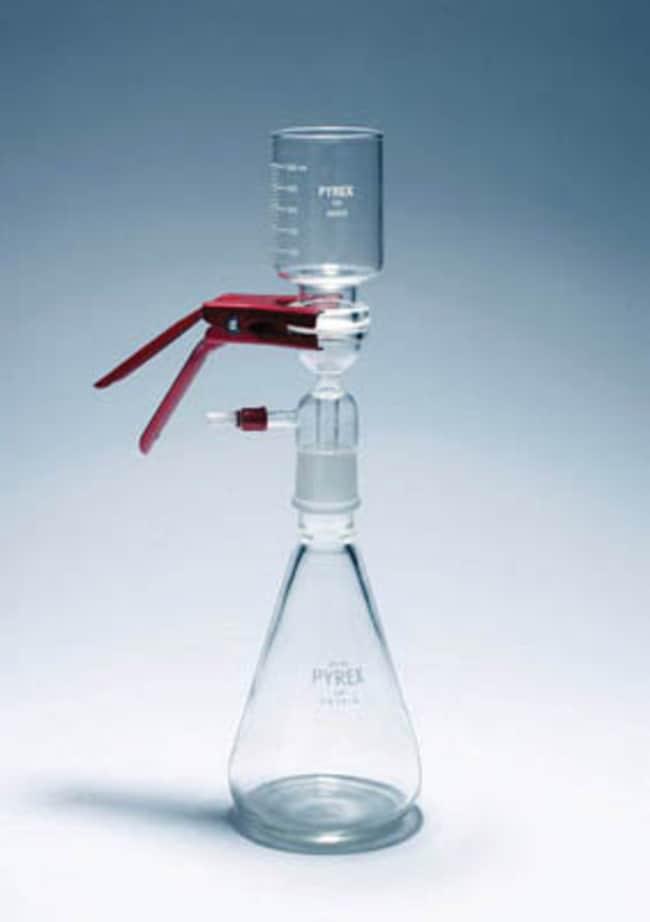Port Townsend’s Boat Haven is set to upgrade its facilities with a state-of-the-art filtration system designed to meet stringent environmental standards established by the Washington State Department of Ecology. This new installation aims to significantly reduce water pollution and protect the surrounding marine ecosystem, marking a vital step forward in sustainable harbor operations. The project reflects growing efforts in the region to balance commercial activity with ecological responsibility.
New Filtration Technology Aims to Reduce Pollution at Boat Haven
Boat Haven has introduced a cutting-edge filtration system designed to dramatically decrease contaminants entering the local waters. This innovative technology targets runoff from boat maintenance and cleaning activities, capturing pollutants such as oils, heavy metals, and microplastics before they can reach the ecosystem. By integrating advanced filtration media and automated monitoring sensors, the system ensures continuous compliance with Washington State Ecology standards, safeguarding marine life and water quality.
Key features of the new filtration system include:
- Multi-stage filtration: Combines mechanical, chemical, and biological treatments
- Real-time water quality monitoring: Alerts operators of any deviations
- Energy-efficient design: Minimizes operational costs and carbon footprint
- Compact footprint: Easily installed without disrupting harbor activities
| Parameter | Pre-Filtration Level | Post-Filtration Level | Ecology Standard |
|---|---|---|---|
| Oil & Grease (mg/L) | 10.4 | 0.2 | 0.5 |
| Heavy Metals (μg/L) | 35 | 5 | 10 |
| Suspended Solids (mg/L) | 80 | 12 | 20 |
Impact on Local Marine Life and Water Quality Improvements Detailed
The newly installed filtration system at Boat Haven is set to create a significant positive shift in the local marine ecosystem. By effectively removing harmful pollutants and suspended solids from runoff before they enter Puget Sound, the system directly supports the health of native species such as Dungeness crabs, juvenile salmon, and various shellfish populations. Researchers from the local ecology department anticipate a noticeable reduction in toxins that previously threatened spawning grounds and benthic habitats, fostering a more resilient and balanced aquatic environment.
Beyond wildlife benefits, measurable improvements in water quality parameters-such as turbidity, nutrient concentration, and dissolved oxygen levels-are expected within months of operation. Key water quality indicators and projected improvements include:
- Turbidity: Reduction by up to 65%, improving light penetration for photosynthetic marine organisms.
- Nitrogen and Phosphorus Levels: Lowered by approximately 50%, curbing algal blooms and eutrophication risks.
- Dissolved Oxygen: Enhancement aiding fish respiration and overall aquatic vitality.
| Water Quality Parameter | Current Level | Expected Level Post-Installation |
|---|---|---|
| Turbidity (NTU) | 15 | 5 |
| Nitrogen (mg/L) | 3.2 | 1.6 |
| Phosphorus (mg/L) | 0.6 | 0.3 |
| Dissolved Oxygen (mg/L) | 6.8 | 8.5 |
Experts Recommend Ongoing Monitoring and Community Engagement for Success
The installation of the new filtration system is just the beginning of a comprehensive strategy to maintain water quality at Boat Haven. Experts emphasize that continuous monitoring of the system’s performance is essential to ensure it consistently meets the stringent Ecology standards. This ongoing oversight allows for timely adjustments to address any unforeseen challenges or inefficiencies, thereby safeguarding the health of the local marine environment. Routine data collection on water parameters such as turbidity, contaminant levels, and flow rates will be integral to this process, supported by automated sensors and periodic manual testing.
Community involvement also plays a crucial role in the project’s long-term success. Local stakeholders, including boat owners, environmentalists, and residents, are encouraged to participate in regular forums and educational workshops. Such engagement fosters shared responsibility and transparency while helping to identify potential issues early on. Below is a summary of key community engagement activities planned:
- Monthly public briefings on filtration updates and monitoring results.
- Volunteer water sampling programs to complement professional testing.
- Interactive Q&A sessions with Ecology officials and engineers.
- Educational campaigns focused on pollution prevention and sustainable boating practices.
| Monitoring Aspect | Frequency | Responsible Party |
|---|---|---|
| Water Quality Testing | Weekly | Environmental Consultants |
| System Maintenance Checks | Bi-Weekly | Boat Haven Staff |
| Community Feedback Collection | Monthly | Local Advisory Board |
Insights and Conclusions
As Boat Haven advances toward full compliance with Ecology standards, the implementation of the new filtration system marks a significant step in safeguarding the local marine environment. Residents and stakeholders alike will be watching closely as the project unfolds, hopeful that this initiative sets a precedent for sustainable harbor management across the region. Further updates on the system’s performance and its impact on water quality are expected in the coming months.
